Historical changes in styles of Persian carpet
Studying both contemporary and old pieces of certain areas suggests that there were both permanent and periodic changes in weaving styles of these areas. shop carpet like Heris in Azerbaijan, Dorokhsh in southern Khorasan and carpets of some other important weaving centers fall under this category.(Historical changes in styles of Persian carpet)
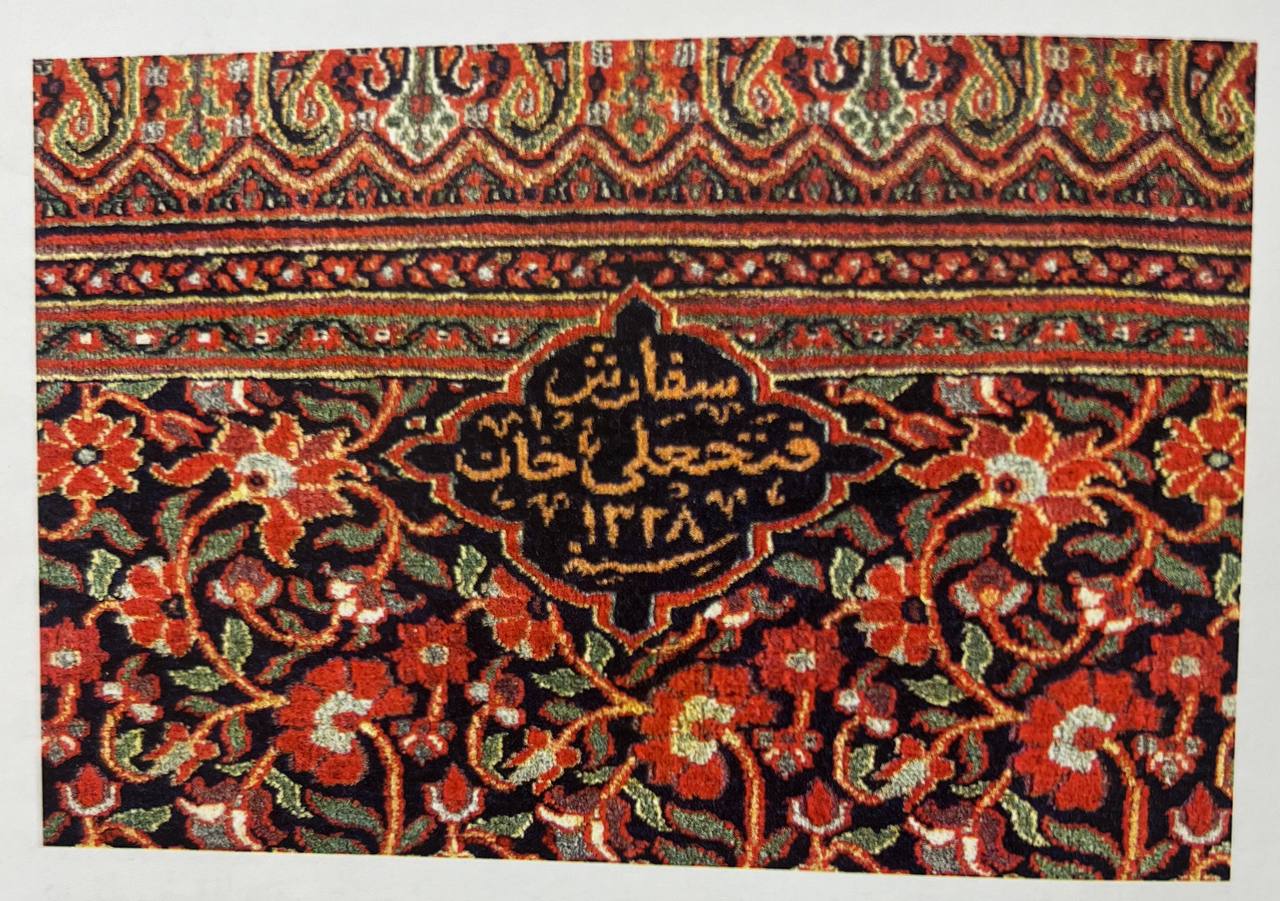
Contemporary Heris rugs are indicators of a rural carpet with all features that one expects from a rural carpet. Heris silk rugs that are more than a hundred years old, have an uncanny similarity to Tabriz silk carpets .This suggests that centuries ago, due to reasons unknown to carpetologists , Tabriz workshop style of weaving has influenced Heris rugs in a major way.
The similarity between the 2 grew to the point that it is almost impossible to differentiate Heris and Tabriz rugs) specially those older than a hundred years and made out of silk.(It is extremely difficult to declare a place of origin for these pieces in particular.(Historical changes in styles of Persian carpet)
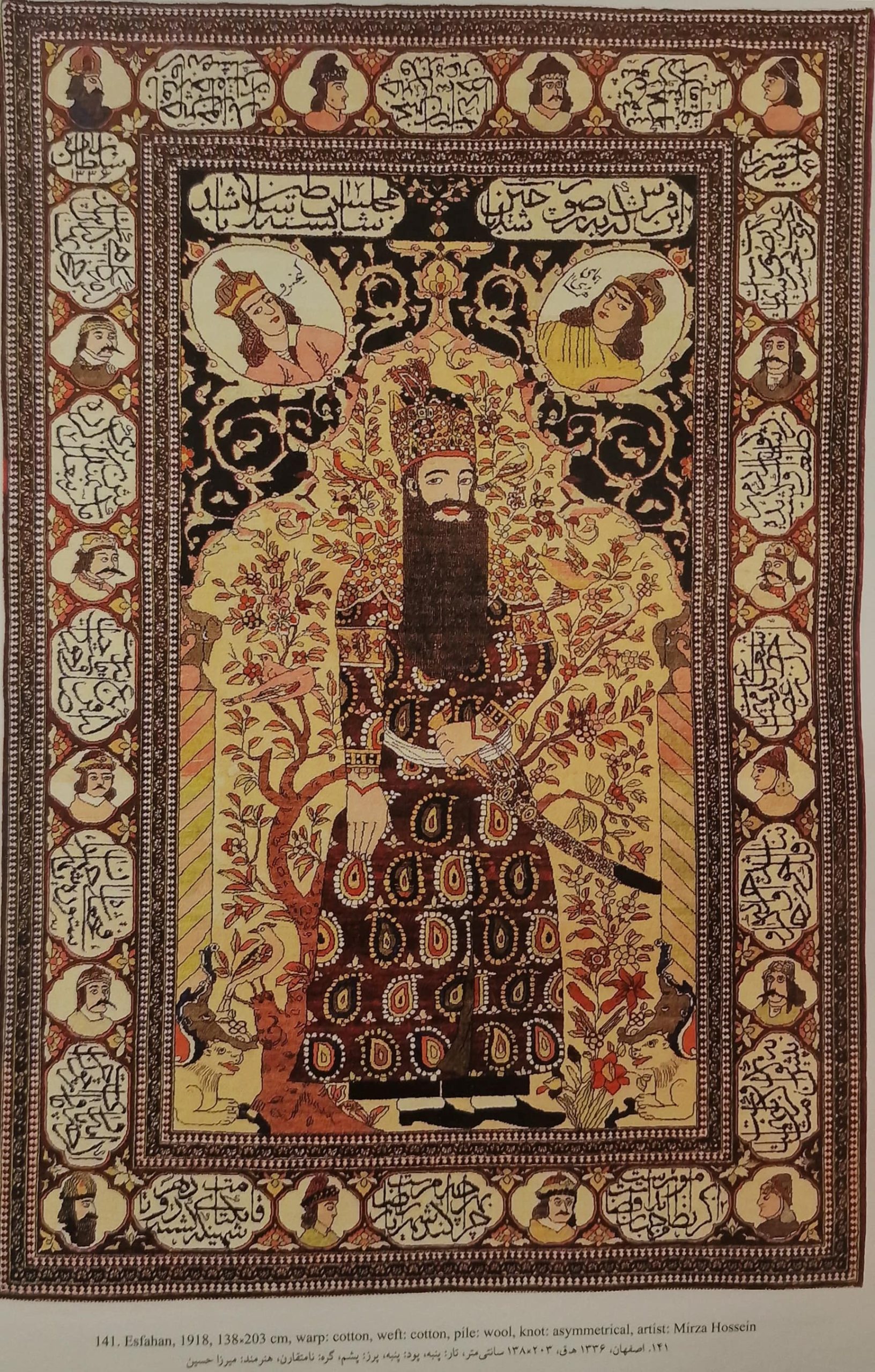
It is merely a guess, but it’s possible that in a specific period in history, Heris carpet weavers had become so skilled that their talent and skill along with their woven handmade carpet drew the attention of many artists of Tabriz .This was a turning point for Heris carpet ,since it started the changes that nudged this carpet into the direction of growing more and more like a Tabriz workshop carpet, again specially in silk instances.
In the 1920 s, Heris weavers returned to their roots and as of now, the rural Heris carpet lives on with the exact qualities of a rural carpet.(Heris carpet weavers have always gotten their silk from Gilan, since the best silk in Iran was made there. But at the end of the Qajar dynasty, silk production in Gilan faced its demise for reasons unrelated to our content.)
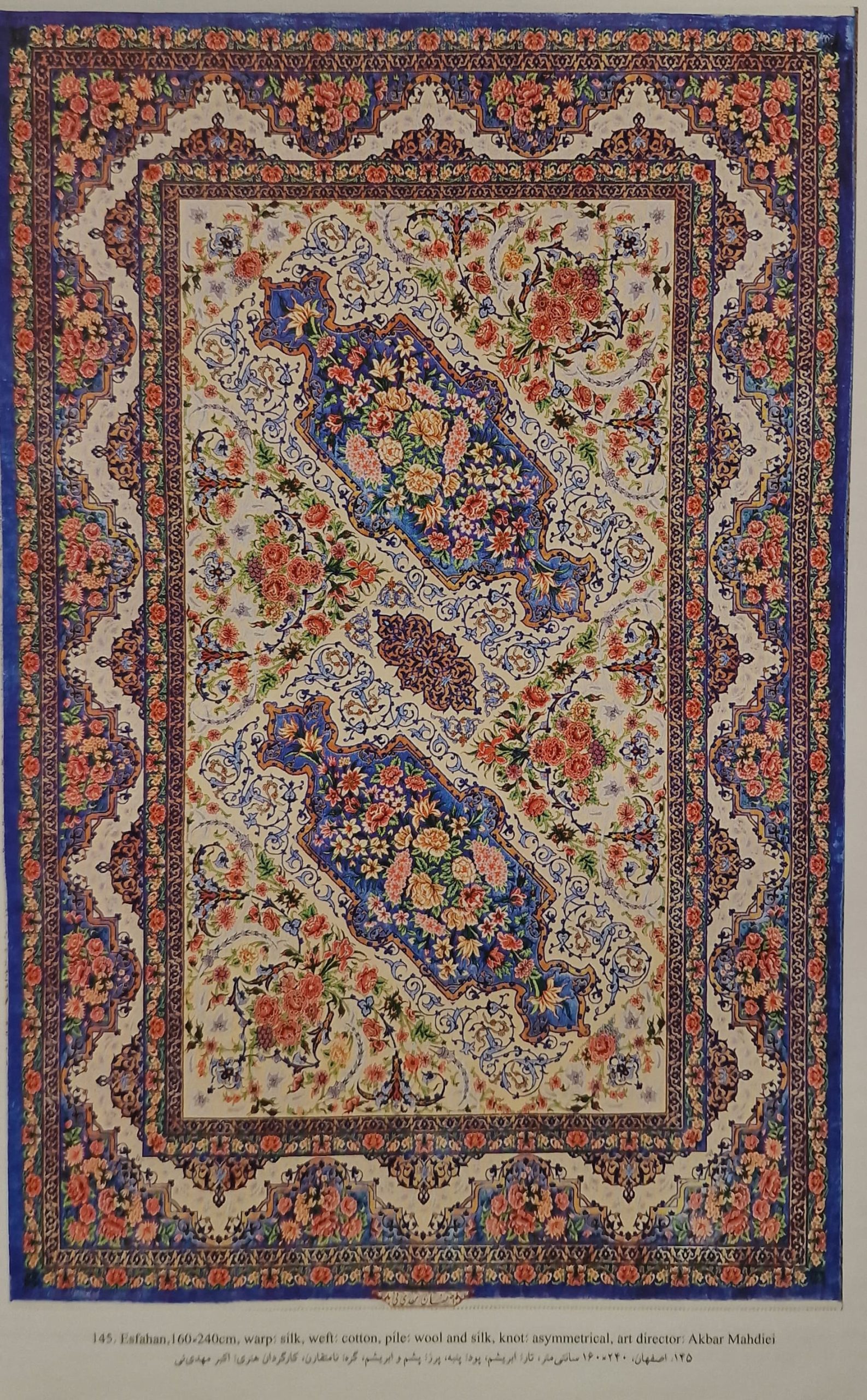
Almost the same thing happened to carpets of Dorokhsh in southern Khorasan .There are obvious qualities of rural carpet weaving in carpets of this area but there are also signs of a foreign workshop style of weaving or maybe a school of some unknown yet quite bold workshop carpet designer that affected weaving in this village.( It is almost 250 years old.)

The nearest giant carpet weaving centers to Dorokhsh were Herat and Mashhad which are hundreds of kilometers away .Aside from physical distance and on the contrary to what possibly happened between Heris and Tabriz, there are no similarities between the design of the carpets of these 2 centers and those of Dorokhsh .Although there are some technical likenesses between the two .More specifically, using jofti and chand-chin-yek-pood.( Chand-chin-yek-pood: in this technique, no thin weft is evident after one row of knots. instead, it is seen once in every 3 or 4 rows (or even more)).
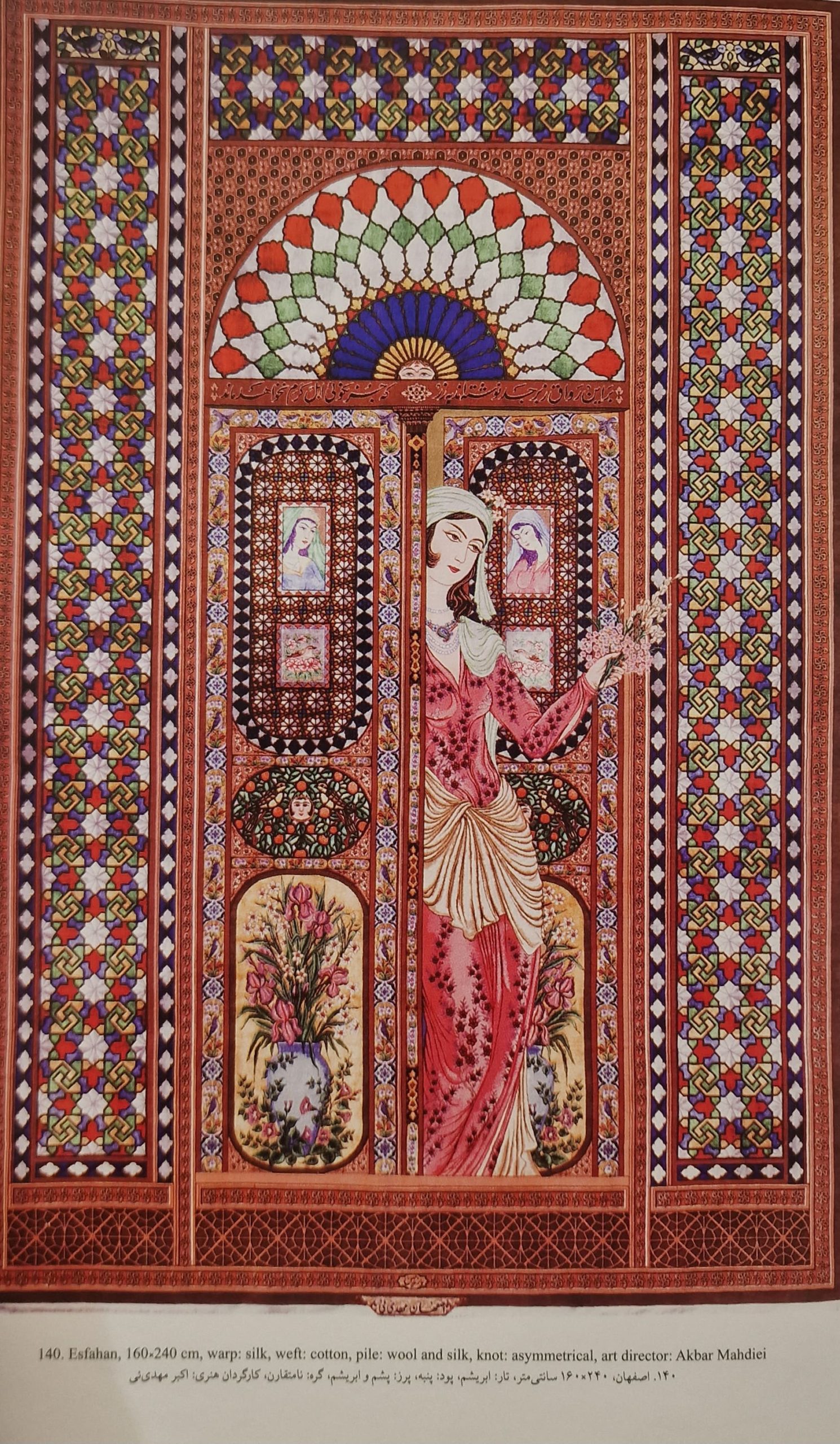
These techniques were used in some Herat carpets and all of Doroksh carpets.(Historical changes in styles of Persian carpet)
The author has managed to closely inspect 5 samples of Herat machine carpets of Iran Carpet Museum and 2 smaller ones in the grand bazaar of Tehran and concluded that all of these pieces have applied the two weaving techniques mentioned above .(Historical changes in styles of Persian carpet).
More information on this matter require much more close inspections of Herat carpets and those that originate from there .There are some differences between Herat and Dorokhsh carpets that are worth noting .
First of all, apparently Herat weavers did not use these techniques on the entirety of a carpet, but rather in parts that they wanted to control the bulginess of woven rows, whereas in every single Dorokhsh carpet ever, these techniques are used all over the carpet and not just in specific parts .
Today these techniques are catastrophically conquering eastern workshop carpets of Iran ;but history suggests something different,since-150 year-old carpets and even older ones from Dorokhsh or Qaenat do not carry these qualities. The definite reasons of why these things happened to Dorokhsh and Herat will always remain a mystery.(Historical changes in styles of Persian carpet)
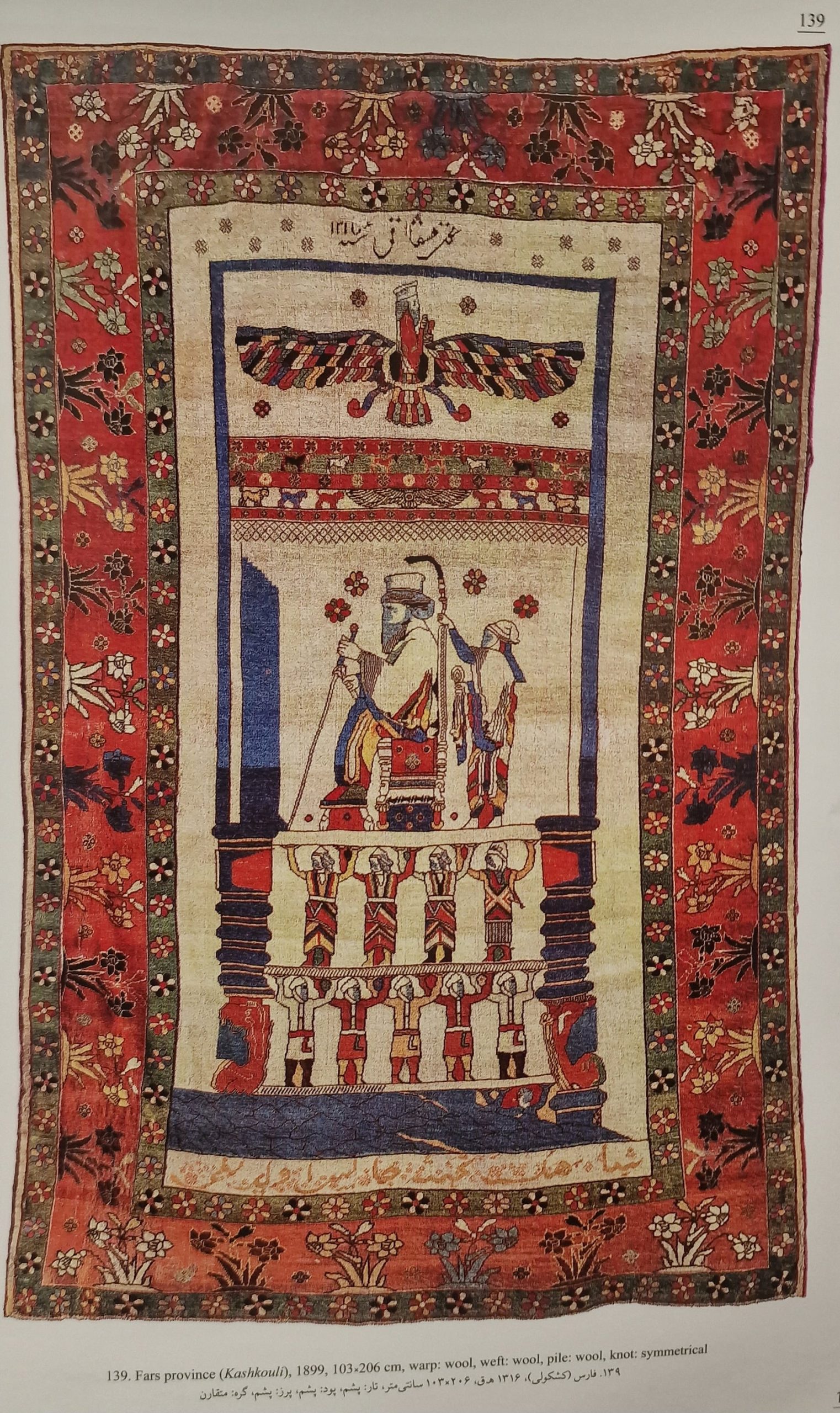
The diversity of design in carpets of this region makes us wonder that who were behind these designs ?Except for a couple of names) of contemporary artists,(there are no other names mentioned or registered as Dorokhsh silk carpet designers in the village or its surrounding weaving centers.
The contemporary carpet of this area is woven as a workshop carpet inspired by schools of a number of contemporary designers .Even though this carpet has distanced itself from its roots and origins,it still lives on today .Farahan weaving center in Markazi province with well-known carpets of its own,as seen in some pieces, so metimes tends to make rural carpets and sometimes is tilted toward using schools of certain designers .
This weaving center and its pieces require further studies in style and the effects that schools of other designers had on them.
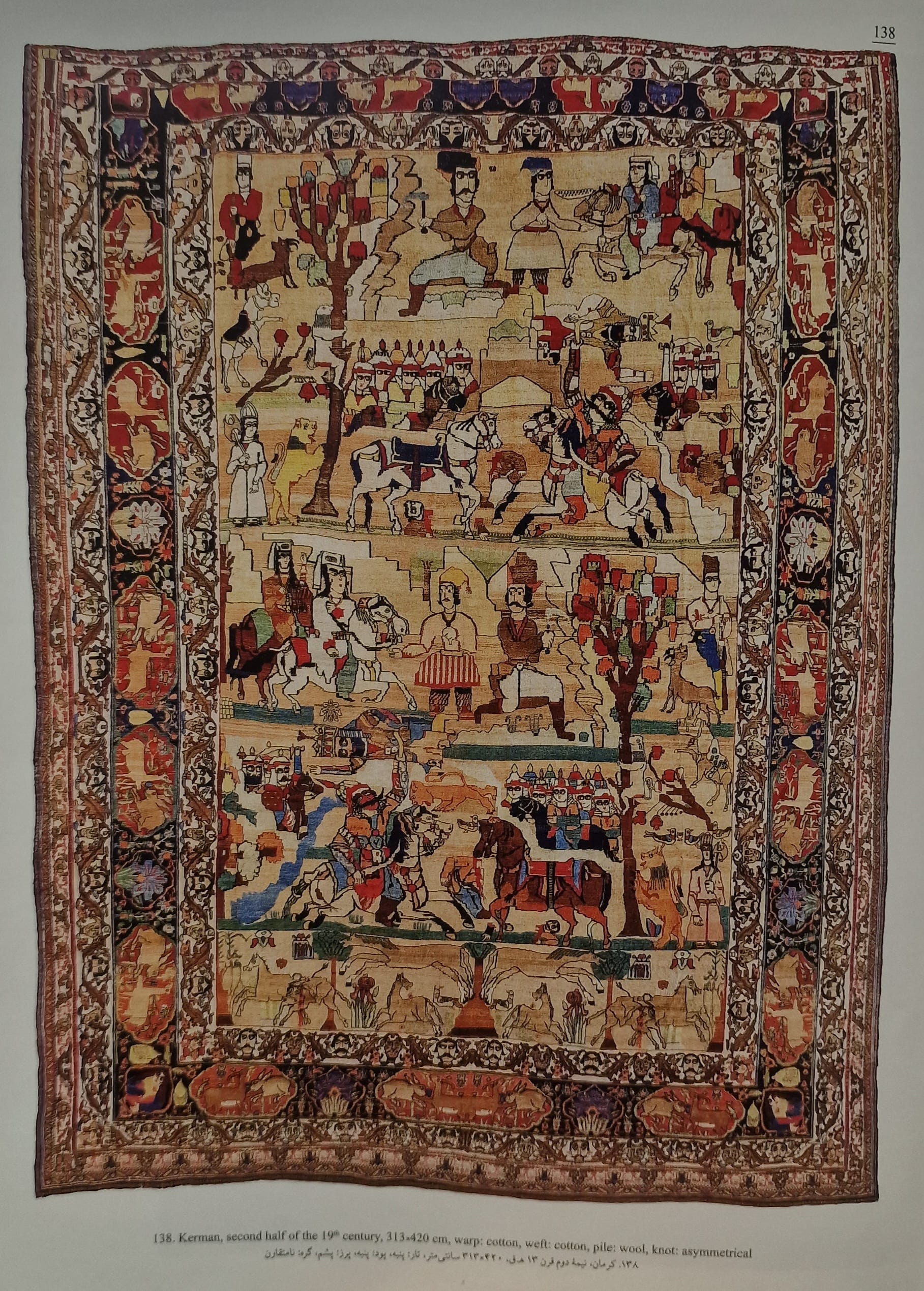
Hamedan, Malayer, Kerman and Yazd are also important weaving centers that require deep studies since their historical styles and schools went through a lot of changes .Other carpets such as Tabriz and Kerman are incomparable to their ancestors since not only their historical styles are vanished, but also because of ignoring many the unique designing schools they had in the past .
Contemporary pieces of these weaving centers) specially those of the past few decades (and what the future generations will see from them is incomparable to what they had in the past. Poor material, lack of historical schools, new incoherent color pallets, etc .
play an important part in this doom.(With all of that being said, there are artists (both weavers and designers) that still leave very unique carpets behind. But they are too few to be worthy of representing such names as Kerman or Tabriz.)

Changes among styles of carpet weaving in some weaving centers of Iran) specially in rural areas and among nomads (is still undergoing. Their tendency to use schools of both rural and workshop carpet designers is also on the rise.
Today, changes in styles and schools are happening too fast and too often that it will be known as a movement in the history of Persian carpet. Most of these changes have financial motives, which only means that they are going to result in failure and forgetting traditions with terrible consequences and outcomes.
